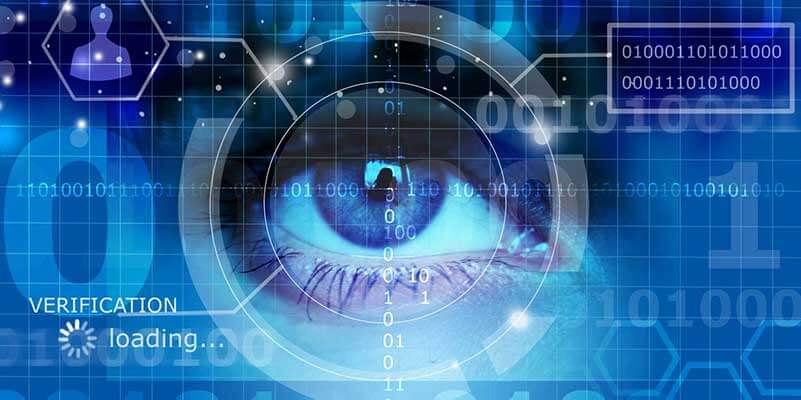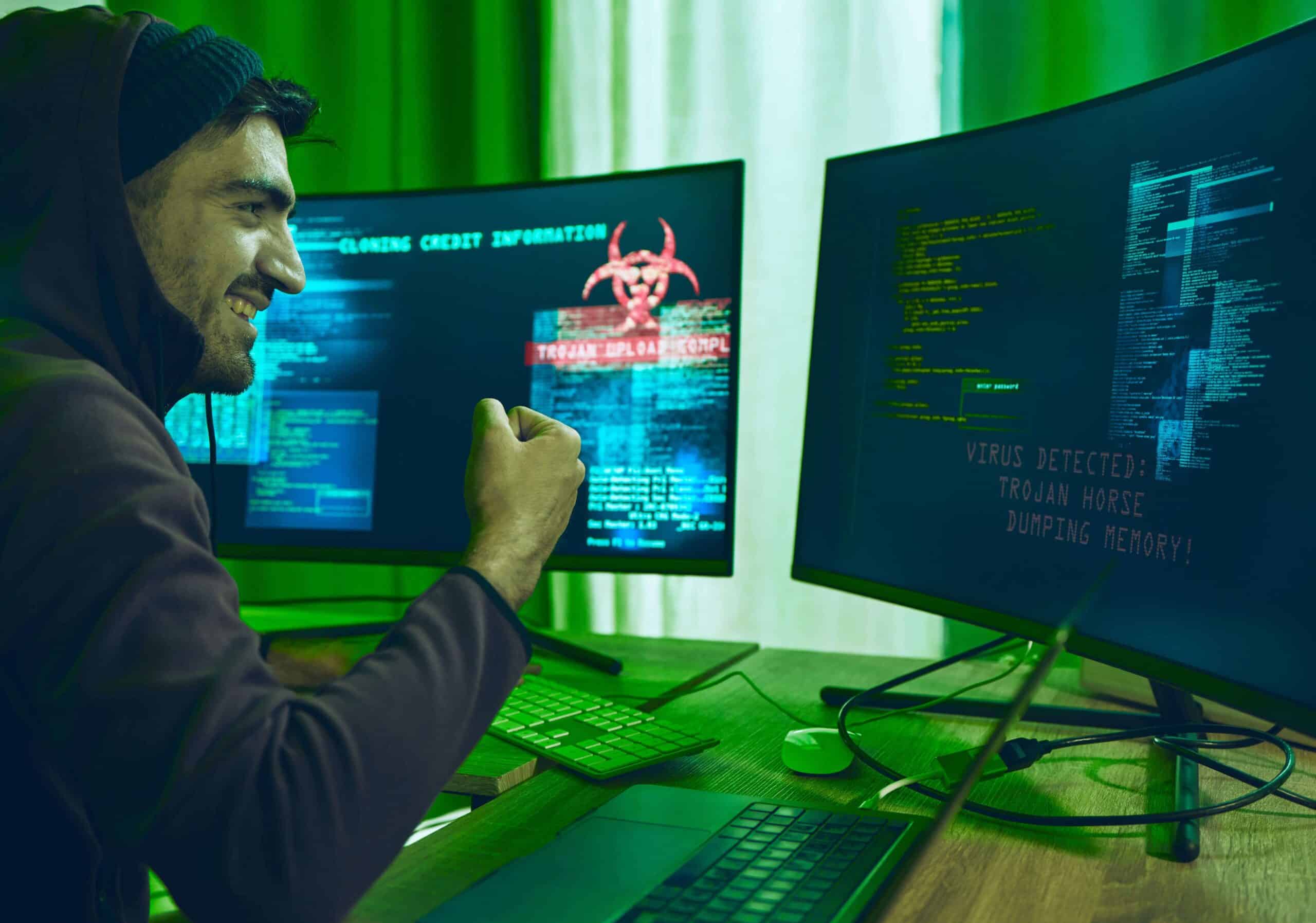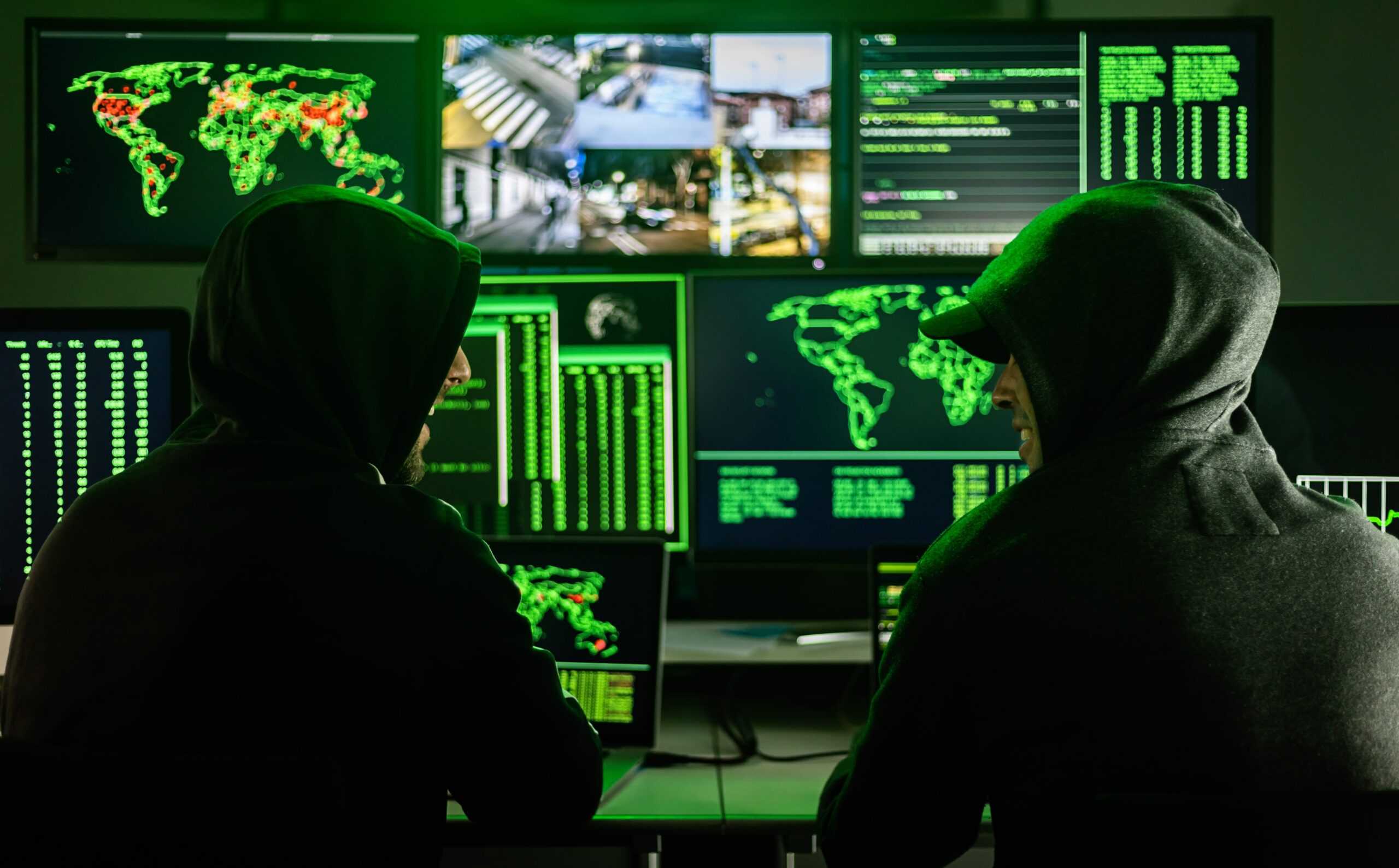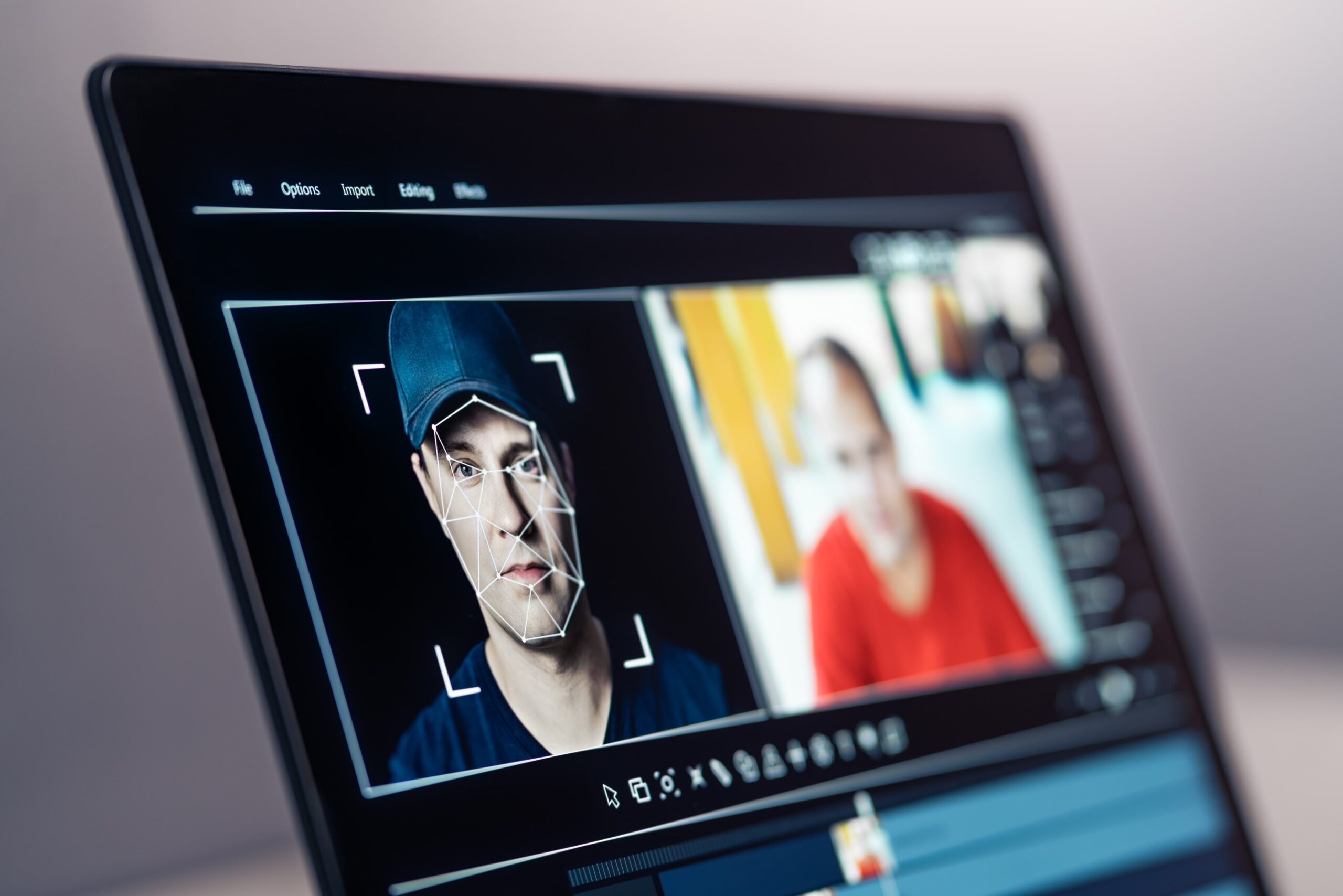“Government services are slow and bureaucratic and there is no communication or collaboration, whether nationally or internationally. They are unable to keep up with the exponential speed of technological developments which enable terrorists to commit attacks.”
Last week’s terrorist attack in Paris was awful. And, of course, everyone suddenly has an opinion or a solution. Rotterdam’s mayor Aboutaleb suggested we eliminate all 50,000 IS fighters in one go. France immediately sent ten F-16 planes to bomb IS capital Raqqa. We will see a winter of bombings. Even England, Australia and Russia are following suit with stern language. Out of 50,000 fighters, more than 10,000 are located in terrorist cells scattered throughout the world. As the attacks draw nearer to Europe, we will see an increase in the number of cells to be eliminnated. These are groups of Jihadis who, via the Internet or mobile communication, receive encrypted messages with orders to attack. For months or even years, they can live among us as ordinary citizens, a pleasant neighbour or good friend. As wolves in sheep’s clothing, almost impossible to find. Will Europe or the Netherlands still be able to provide safe havens for us in the future? Are our security services able to protect us?
As a trendwatcher and futurist, my days are filled with exploring technology trends and their impact on people, businesses, governments and therefore also terrorism. After the Paris attacks last weekend we’re all talking about extremism and terrorism again; on radio and TV as well as in blogs, newspapers and magazines. We talk about border security, bombing IS, the victims and the fear of it happening again. What hardly seems to be a topic of discussion, however, is the terrorists’ biggest friend and ally: digital – the backbone of IS and the foundation for terrorist operations. But digital is also the basis for fighting terrorism. Intelligence and investigation services; it is an almost incomprehensible cat-and-mouse game. This article provides an overview of the digital technology deployed to combat terrorism and, indeed, to protect us.
Source: NeydtStock / Shutterstock.com
We’re all aware of the rapid development of new technology; robots, drones, sensors, big data, Internet of Things, bio and nanotech and 3D printing. The speed at which technology is developing today is unprecedented. Meanwhile, Moore’s Law has been defeated and computer chips are now 3,500 times smaller, 60,000 times faster and contain 19,000 times more energy. In the next five years we’ll see even faster acceleration in these developments than we’ve experienced in the past 50 years, allowing for more opportunities to combat terrorism, but it will also enable prolific growth of terrorism itself.
Related lecture: Trends! On to 2030
Technology to fight terrorists
We have many interesting techniques at our disposal to fight terrorism; some techniques are still being developed while others are already used on a small scale. Below is an overview of the technologies investigative organisations should deploy in order to protect the world from terrorism.
- Biometric identification
- Big data can predict terrorist attacks
- Robots
- Cameras that detect explosives
- Electromagnetic weapons
- Nanotechnology
- Virtual reality
Biometric identification
When it comes to identifying people, passports no longer suffice. Identification documents which are indistinguishable from the real thing can be created in an instant. Terrorists own factories which provide these on demand. We are, therefore, looking for new ways to identify people. At many airports, passengers can now identify themselves with an iris scan. I no longer have to show my passport. The gate opens as soon as there’s a 100% match between the original iris scan and the recorded version. Unfortunately, this is only possible at my home airport. Due to the lack of appropriate systems and arrangements my iris scan can’t be sent to other airports. This also illustrates the problems we face when we look at the bigger picture. The techniques are there but they are not used and there is no co-operation; a thorn in the side of the security forces.
Besides iris recognition we currently have identification technologies that use fingerprints, breath, voice and face. New types of biometric identification include the veins in our bodies and DNA matching but also – believe it or not – odour, heart rate, skin texture and shape of the ear. New systems such as Future Attribute Screening Technology (FAST) will soon make an entrance at schools, shopping malls and other areas where there’s large gatherings of people.
Every day, large crowds of people walk through our streets and our railway stations. In 2015, one of the largest railway stations in the southern part of China started using a facial recognition system. The recordings of travellers are compared with a database of wanted criminals and escapees. The system, which has been in development since 2002, can check 5 people per second. The intelligent recognition system is now also used at various large APEC (Asia-Pacific Economic Cooperation) gatherings. A solid and clear policy for biometric identification is crucial. In 2025, lack of biometric identification may result in people being deported to their countries of origin.
Big data can predict terrorist attacks
Big data and algorithms can help predict terrorism. The University of Maryland has developed a program which, based on 770 variables such as news, geo-political situation, location and political events, can predict when and where an attack is likely to take place. All this information has been gathered over a period of 20 years and mainstream news and publications on terrorism are still added daily. It’s basically a type of IBM’s Watson, which specifically focuses on terrorism. The calculation methods are similar to the methods Amazon uses to predict customer behaviour. The software is designed to get a grip on the many attacks that are taking place in India and Pakistan.
PredictifyMe was initially used to map customer and patient behaviour for hospitals, insurers and retailers. The available datasets can map out groups and individuals on the basis of 100,000 variables and combine this information with flight details, key events, behaviour on social media and data from cameras. Another provider, Soothsayer, claims to be able to predict a terrorist attack with 72% accuracy by using 200 different indicators. Both parties are active in Pakistan and want to contribute to the fight against the large number of terrorist attacks in Pakistani schools.
Video credits: CNN Money
Researchers at the Ramón Llull University in Spain have developed a system through which pictures and videos can be matched with all public image and video databases all over the world. The system can be connected to social media and sends out alerts when a social media profile suddenly becomes inactive for a time and then is reactivated in a suspicious part of a different country. A terrorist found in this way can then immediately be eliminated by a drone. This may paint a rather macabre picture but it’s a very realistic and highly likely future scenario.
The use of smart data in wars is proving increasingly successful. Israeli intelligence services use data from satellites, videos, speeches and news to detect and eliminate Hamas terrorists. Obviously, in close cooperation with the American NSA. Terrorists leave behind large amounts of data via smartphones and other devices, social media, computers and countless cameras and sensors on cars and machines. Almost everything we do can be digitally monitored, stored and analysed. This allows us to get close to the actual perpetrators but also to those who fund the attacks. Algorithms can scan millions of sources and draw conclusions on the basis of artificial intelligence. Individuals in countries where digital (Internet, mobile) is well-represented generate more than one terabyte of data per year. Within ten years, this will be more than 20 terabyte. So we have more and more data available which can be processed by supercomputers to nearly 100% accurate predictions.
The technology is currently available to law enforcement agencies in various parts of the world but Europe seems to struggle to find its way to these smart systems. There are, however, some first steps now towards the field of ‘risk assessment’. Supercomputers can link travel patterns to people, places and events, making the search for potential terrorists more targeted. On the flipside, because of the algorithms still ‘learning’, this also increases the chance of innocent people ending up on the ‘terrorist-list’.
See also: Digital warfare – terrorism of the future – part 2









